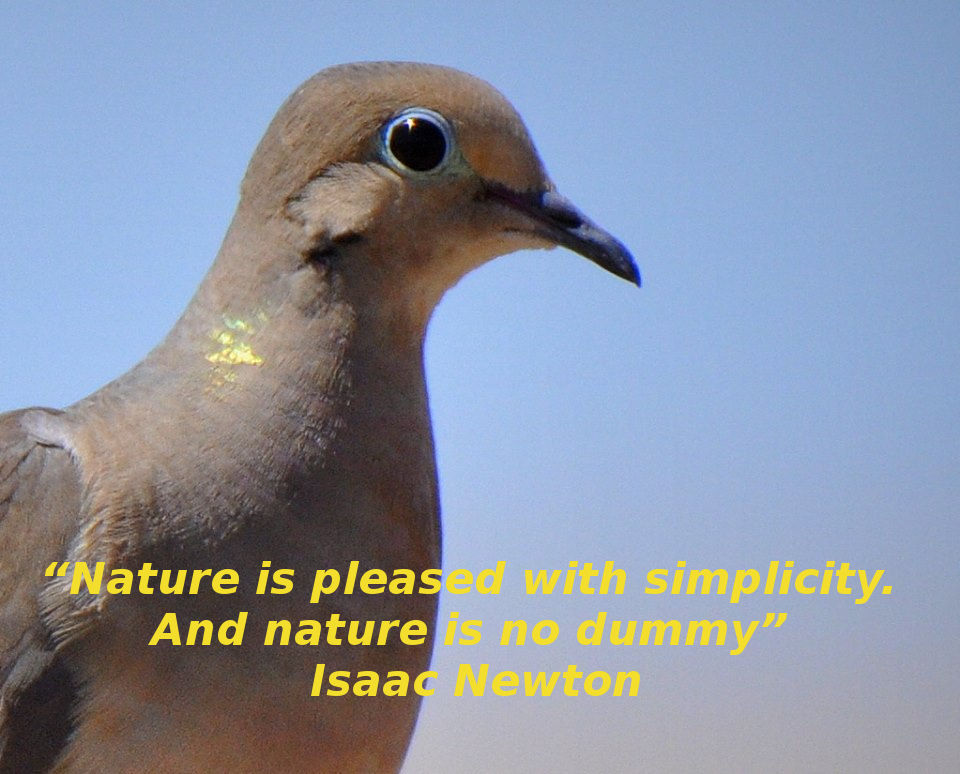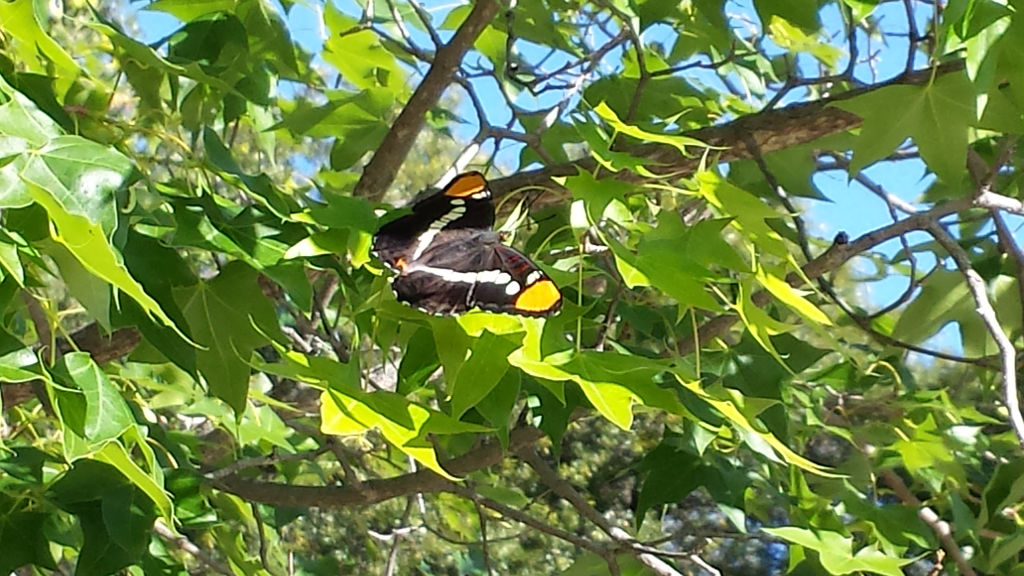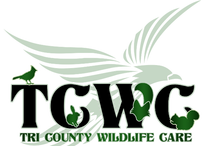|
TCWC’s very own Teddy and Marbles are featured in the Fall 2018 edition of ‘Drive’ magazine from Subaru. We love it when our volunteers are celebrated because they are truly extraordinary!
0 Comments
Click the image to Live Wildlife Friendly
Amador County hosts 119 species of butterflies. You can attract these little jewels to your garden with appropriate plants that provide nectar for adults and energy for caterpillars, and water for sipping.
Start by using plants that will attract the adult butterflies. Lantana will attract swallowtails, orange sulphur and monarch butterflies. Most butterflies like butterfly bush, butterfly weed, verbena and zinnias. Other plants that attract adult butterflies are alyssum, cornflower, purple coneflower, larkspur, salvia, and sunflower. These plants generally like six hours of sunshine a day which allows the butterflies to warm up nicely while enjoying a good meal. Also, plant in areas sheltered from the wind to protect the butterflies. Don’t just put one plant here and another over there. Clumps and large swaths of these plants will get the attention of the butterflies over just a single plant. Butterflies are cold blooded and like to bask in the sunshine. Ideal temperature for them is between 75 and 90 degrees. If the weather is cooler, many butterflies will bask with their wings flat to soak up as much warmth as possible. Butterflies whose wings are darker underneath, will bask with their wings folded since the darker color soaks up warmth more quickly. Water is important for butterflies as well. A muddy puddle is perfect. In fact, “puddling” is when butterflies congregate near the wet edge of a mud puddle. Here they feast on the salts and minerals from the mud. Bird baths are too deep for butterflies, but a shallow saucer filled with wet sand is perfect for butterflies. Now that you have adult butterflies, they will need plants to lay their eggs and to feed the caterpillars that hatch. Caterpillars are fussy so if you don’t provide the correct plants, they will not survive. National Wildlife Federation has a site to identify butterflies and the plants they need. Here is the list for Jackson. Now you are ready to enjoy these little jewels, wait for them to lay eggs, see the caterpillars grow and new butterflies emerge. Tri County Wildlife Care, a local nonprofit started in 1994, is dedicated to the rescue and rehabilitation of our native wildlife and helping our community live in balance with wildlife. They envision a world where wildlife and people thrive together. For more information call (209) 283-3245, or visit pawspartners.org.
|
Archives
April 2024
Welcome!PawsPartners.org is an alliance formed between A-PAL Humane Society of Amador County and Tri County Wildlife Care, the latter serving native wildlife in Amador, Calaveras, and Eastern San Joaquin Counties. Since inception we have added the Shelter Partners volunteer group, who support our local Animal Control organization, and Amador County Animal Response Team (ACART). Categories
All
|




 RSS Feed
RSS Feed

